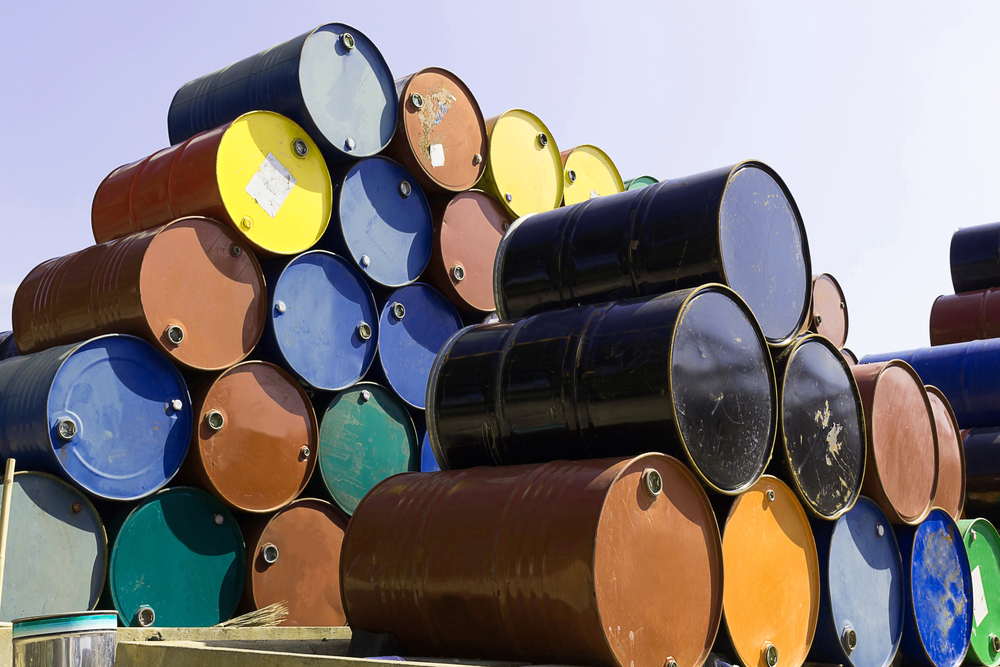Surprise Inventory Build
Energy
It has been quite the week for oil, with ICE Brent plunging below US$70/bbl, and trading to its lowest levels since May, with growing concerns over the spread of the Delta variant and what this will mean for demand. This is particularly the case in Asia where vaccination rates are still relatively low, and so governments in the region are having to tighten restrictions. We believe that the latest agreement between OPEC+ to increase output and extend the deal further into 2022 is supportive, given that it reduces the risk of the broader deal falling apart, and so minimizes the likelihood of a price war. The agreement has provided more certainty for the market, and so in theory should reduce volatility. However, clearly this week, macro and demand concerns have overshadowed supply developments.

Source: Shutterstock
While we saw a bit of a relief rally yesterday following Monday’s sell-off, the market is still trading below US$70/bbl and has come under a bit of downward pressure in early morning trading today after a bearish and rather surprising inventory report from the API. The API overnight reported that US crude oil inventories increased by 806Mbbls last week, which was very different from the roughly 4.5MMbbls drawdown the market was expecting. If EIA numbers confirm a stock build later today, it would be the first increase in crude oil inventories since mid-May. In addition to the crude oil build, the API also reported that US gasoline inventories increased by 3.31MMbbls, whilst distillate fuel oil stocks fell by 1.23MMbbls.
Metals
Most base metals regained some lost ground after Monday’s rout, with a steadying in broader macro markets. For aluminum, the latest numbers from the International Aluminium Association (IAI) show that daily global primary aluminum output stood at 185kt in June, compared to 185.5kt a month earlier. On a monthly basis, total output rose 1.6% YoY, while declining 3.5% MoM to 5.6mt last month. For the first half of the year, output rose 4% YoY to 33.5mt. For China, whilst output in June jumped 4% YoY to 3.2mt, production was around 3% lower MoM due to ongoing production restrictions amid power shortages in Yunnan province. Cumulative output from China over the first 6 months of the year grew by 7.2% YoY to 19.5mt.
Turning to copper mine supply, the Escondida mine in Chile posted a production drop of 10%, leaving it at 1.07mt for the fiscal year that ended in June. This reduction was primarily due to falling ore grades and lower cathode output. For FY 2022, mine production is expected to be in the range of 1 to 1.08mt. Meanwhile, the miner maintains its estimate of average annual production at 1.2mt for the next five years.
Agriculture
Sugar prices got a boost yesterday, with No.11 settling just shy of 2% higher on the day. Brazil has been witnessing another round of frost this week in sugarcane-producing areas. For now, it is unknown how severe the impact will be, but it will likely further dent the Center-South Brazil sugarcane crop. This season’s crop is already under pressure after drought conditions this year. Prior to the latest round of frost, CONAB was estimating that total Brazilian sugar production will fall 5.7% YoY to 38.9mt in 2021/22.
Disclaimer: This publication has been prepared by the Economic and Financial Analysis Division of ING Bank N.V. (“ING”) solely for information purposes without regard to any ...
more


